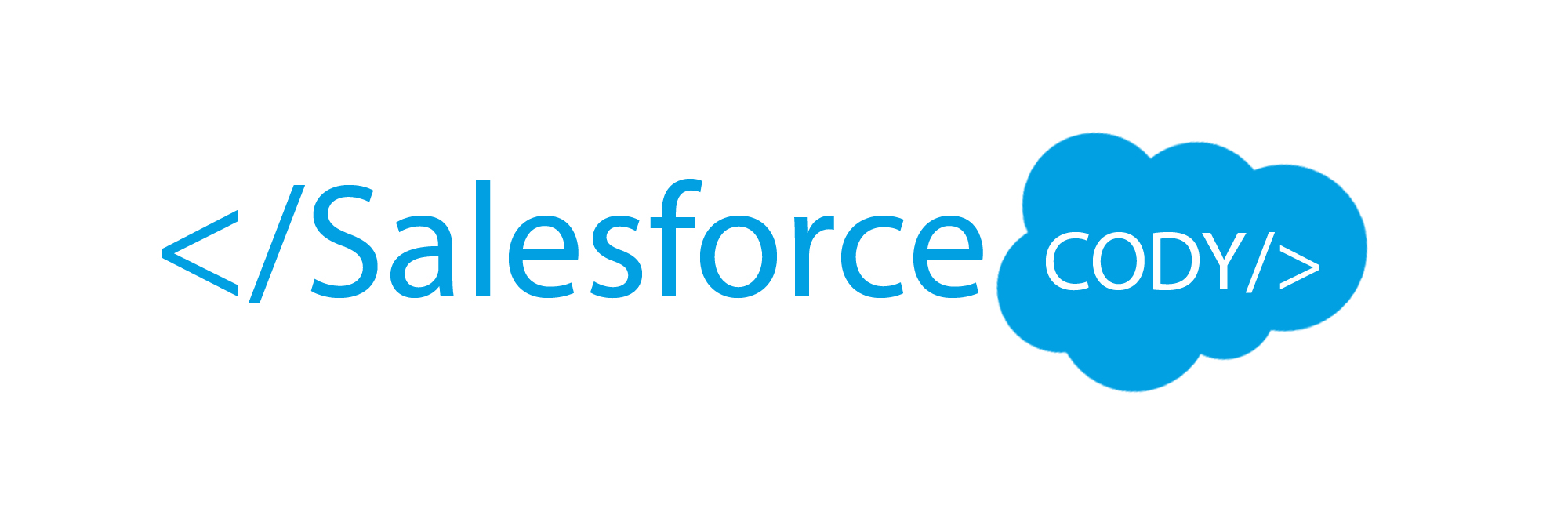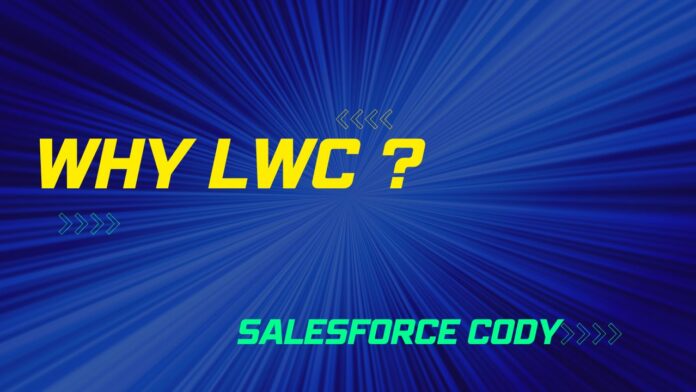Salesforce LWC: The Best Way to Create Customized User Interfaces
As technology advances and customer demands grow, businesses need to keep up with the latest trends in order to stay competitive. One of the latest trends in the software development industry is the use of Salesforce Lightning Web Components (LWC) for creating customized user interfaces.
Salesforce LWC is a modern programming model that helps developers build web components on the Lightning platform. It allows developers to create highly performant, reusable components using web standards such as HTML, CSS, and JavaScript. In this article, we will explore the benefits of Salesforce LWC and how it can help your business stay ahead of the curve.
What is Salesforce LWC?
Salesforce LWC is a modern programming model that allows developers to build web components on the Lightning platform. It was introduced by Salesforce in 2019 as a replacement for Aura, the previous programming model for building components on the platform. Salesforce LWC uses web standards such as HTML, CSS, and JavaScript to create highly performant, reusable components.
Salesforce LWC is built on top of the Lightning Web Components open source framework, which provides a set of reusable components and tools for building web applications. With Salesforce LWC, developers can create custom components that are specific to their business needs, making it easier to build highly customized user interfaces.
Benefits of Salesforce LWC
- Lightning Fast Performance
Salesforce LWC is built on top of web standards, which makes it highly performant. The Lightning Web Components framework is optimized for speed and takes advantage of the latest browser features to provide lightning-fast performance. This means that your applications will load quickly and provide a smooth user experience.
- Easy to Learn and Use
Salesforce LWC is easy to learn and use, even for developers who are new to the platform. It uses web standards that most developers are already familiar with, which makes it easy to get started. Additionally, the Lightning Web Components open source framework provides a set of reusable components and tools that can be used to build applications quickly and efficiently.
- Highly Customizable
With Salesforce LWC, developers can create highly customized user interfaces that are specific to their business needs. They can create custom components that integrate with their existing systems, making it easier to build applications that are tailored to their unique requirements.
- Reusable Components
Salesforce LWC promotes code reusability, which means that developers can create components that can be used in multiple applications. This makes it easier to build applications quickly and efficiently, as developers can reuse existing components instead of building them from scratch.
- Cross-Platform Compatibility
Salesforce LWC is compatible with a wide range of platforms, including desktop and mobile devices. This means that developers can create applications that work seamlessly across multiple devices, providing a consistent user experience across all platforms.
How Salesforce LWC Can Help Your Business
Salesforce LWC can help your business stay ahead of the curve by providing a modern programming model that allows you to create highly customized user interfaces. With Salesforce LWC, you can build applications that are optimized for speed, easy to use, and highly customizable. Additionally, the code reusability features of Salesforce LWC allow you to build applications quickly and efficiently, which can save your business time and money.
Conclusion
Salesforce LWC is a modern programming model that allows developers to create highly customized user interfaces using web standards such as HTML, CSS, and JavaScript. It provides lightning-fast performance, is easy to learn and use, and promotes code reusability. With Salesforce LWC, businesses can build applications that are optimized for speed, highly customizable, and work seamlessly across multiple platforms.



